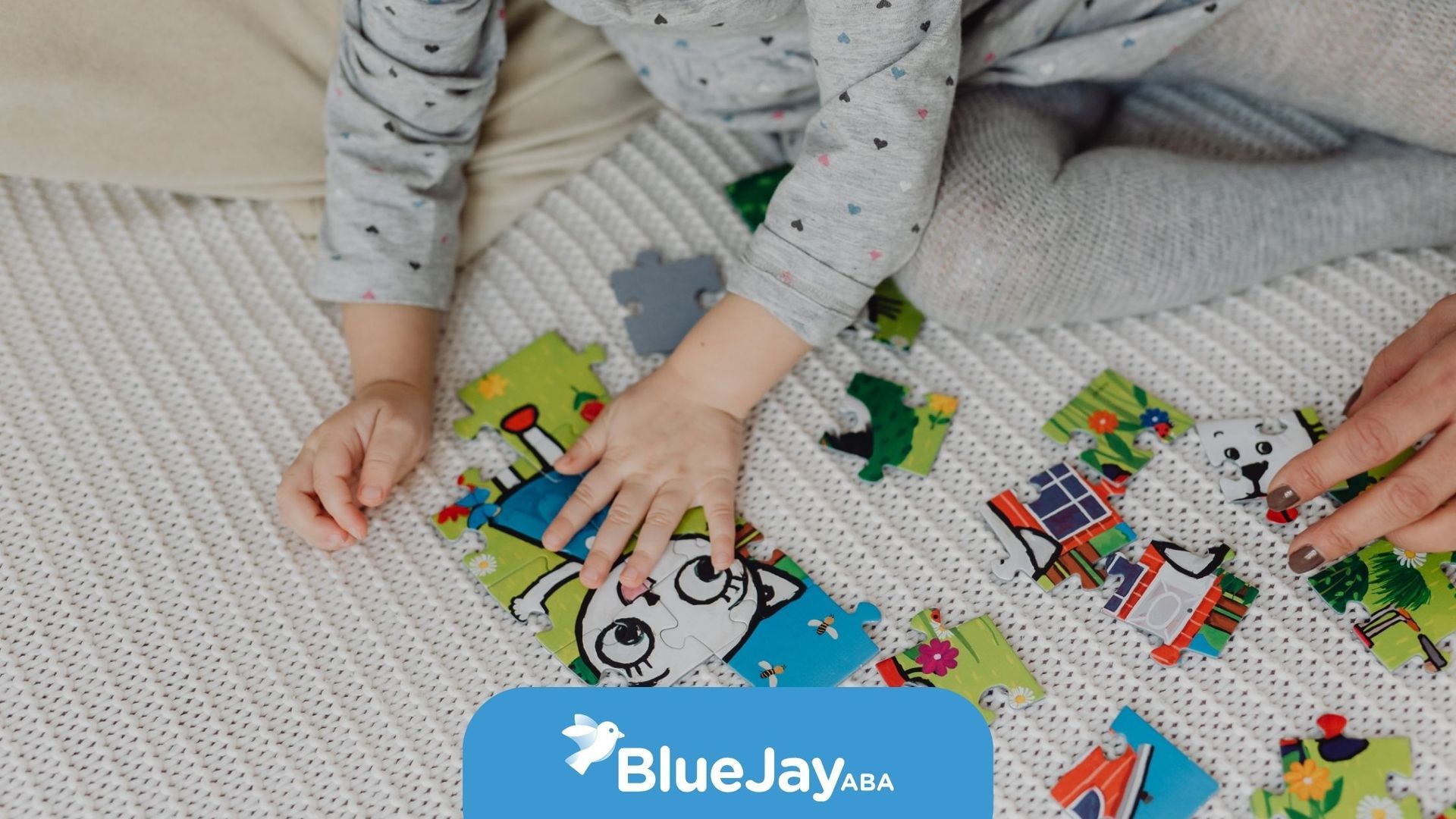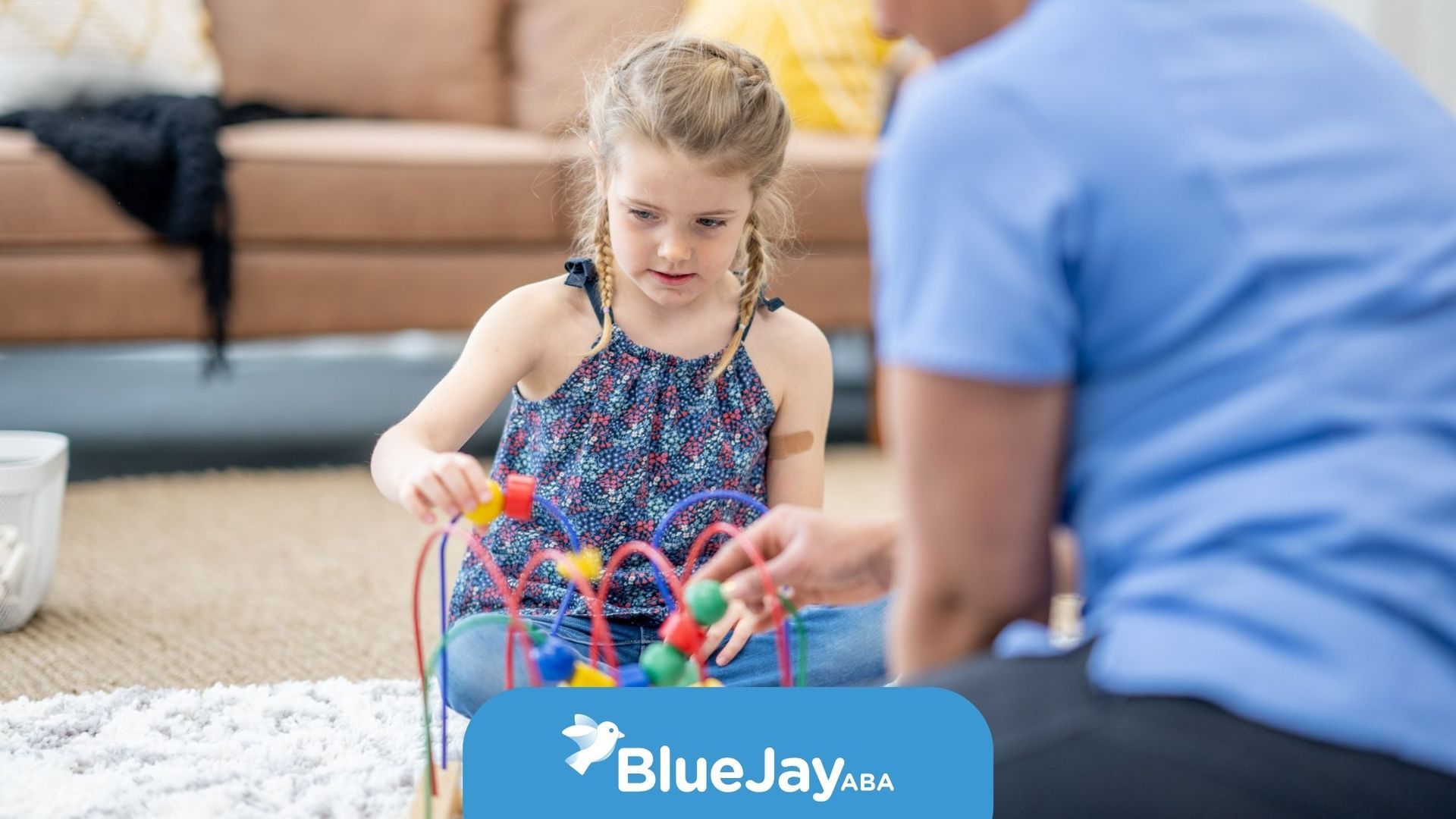What Relaxes Autism?
For many autistic individuals, relaxation comes from environments and activities that reduce stress and support their sensory needs. Because autism often involves differences in how people process sound, light, touch, and movement, creating calming strategies can make a big difference.
1. Predictable Routines
Consistency helps autistic children feel secure. Knowing what comes next can reduce anxiety and create a sense of calm.
2. Sensory-Friendly Spaces
Quiet areas with soft lighting, weighted blankets, or noise-canceling headphones can provide relief from overwhelming environments.
3. Special Interests
Engaging in a favorite hobby, such as building, drawing, or learning about a topic they love, can bring joy and relaxation.
4. Calming Activities
Gentle movement like swinging, walking, or yoga, as well as activities like deep breathing or listening to soothing music, often help regulate emotions.
5. Supportive Relationships
Being around people who understand and respect their needs, like parents, caregivers, or therapists, also fosters a calming environment.
Every child is different, so what relaxes one may not relax another. The key is personalizing strategies to fit their unique preferences.
At Blue Jay ABA, we help families identify what calms their child and build routines that foster peace and confidence.
Contact us today to learn how our ABA therapy across North Carolina can support your child’s well-being.
SOURCES:
https://www.autismparentingmagazine.com/how-to-calm-autistic-child/
https://autism.org/meltdowns-calming-techniques-in-autism/
https://www.autismspeaks.org/blog/just-relax-guide-progressive-muscle-relaxation
https://www.attwoodandgarnettevents.com/blogs/news/20-tips-for-managing-anxiety-for-autistic-individuals
https://nationalautismresources.com/blog/10-calming-strategies-for-autism-reduce-anxiety-and-meltdowns/
Related Posts






